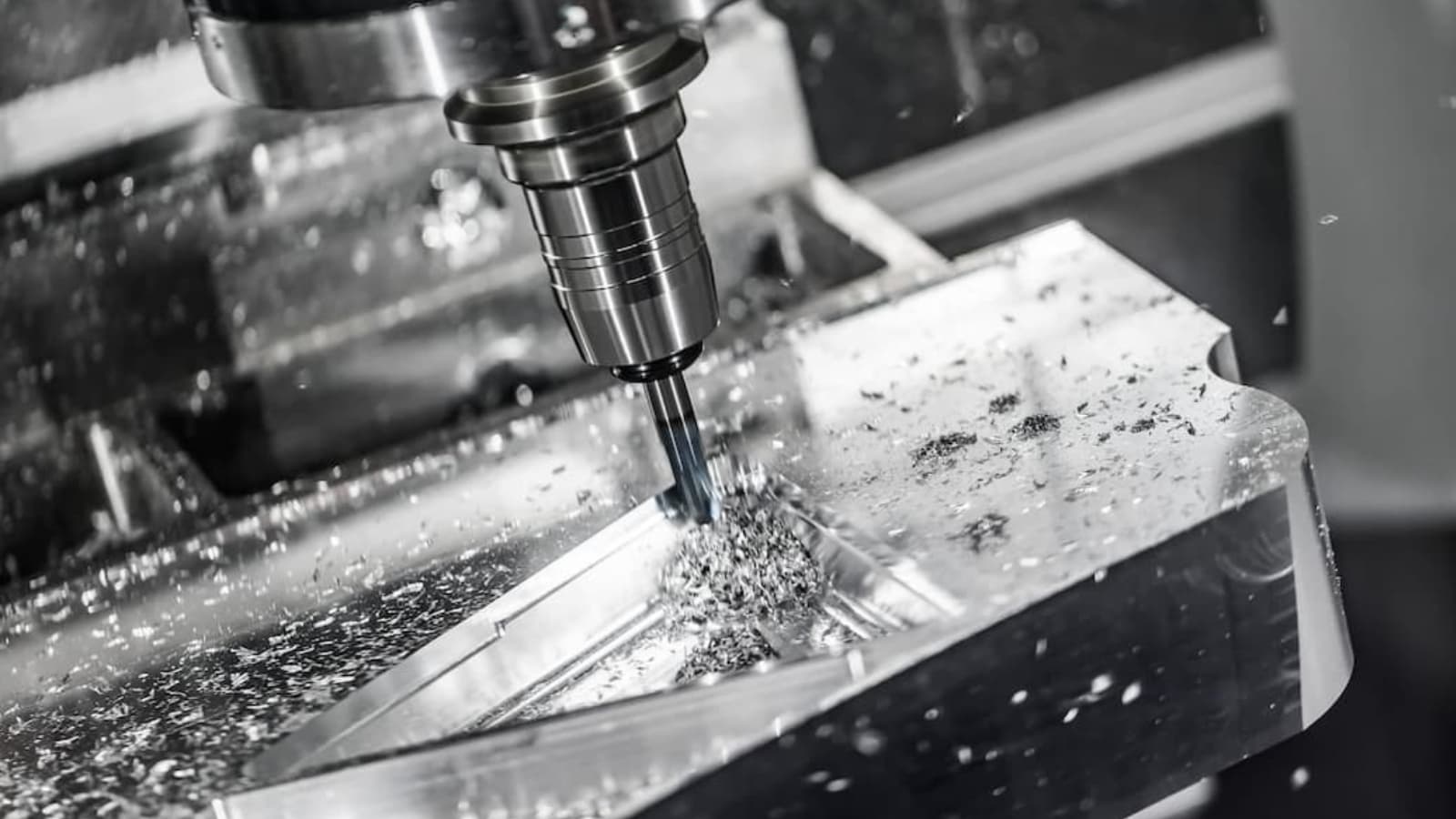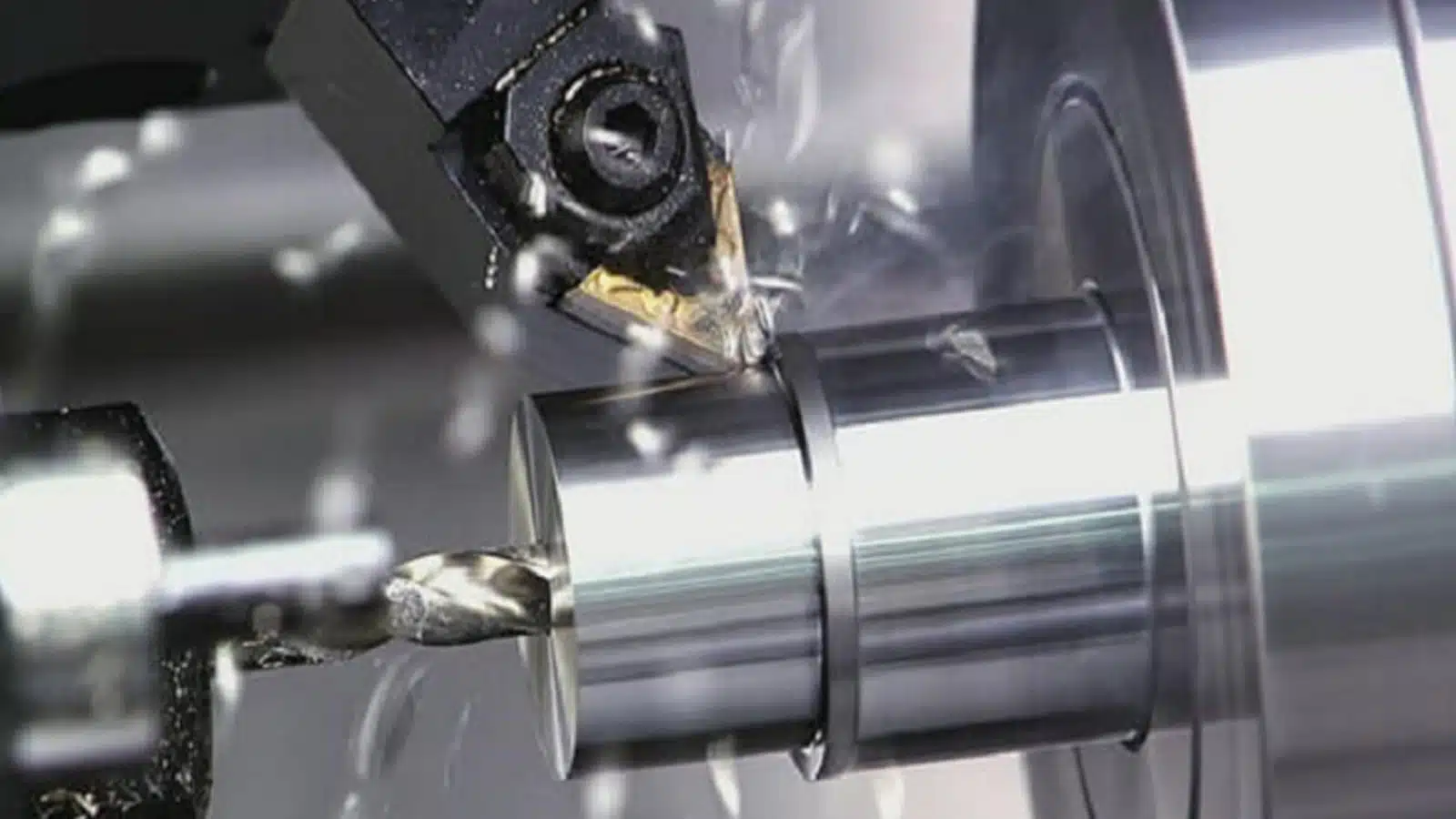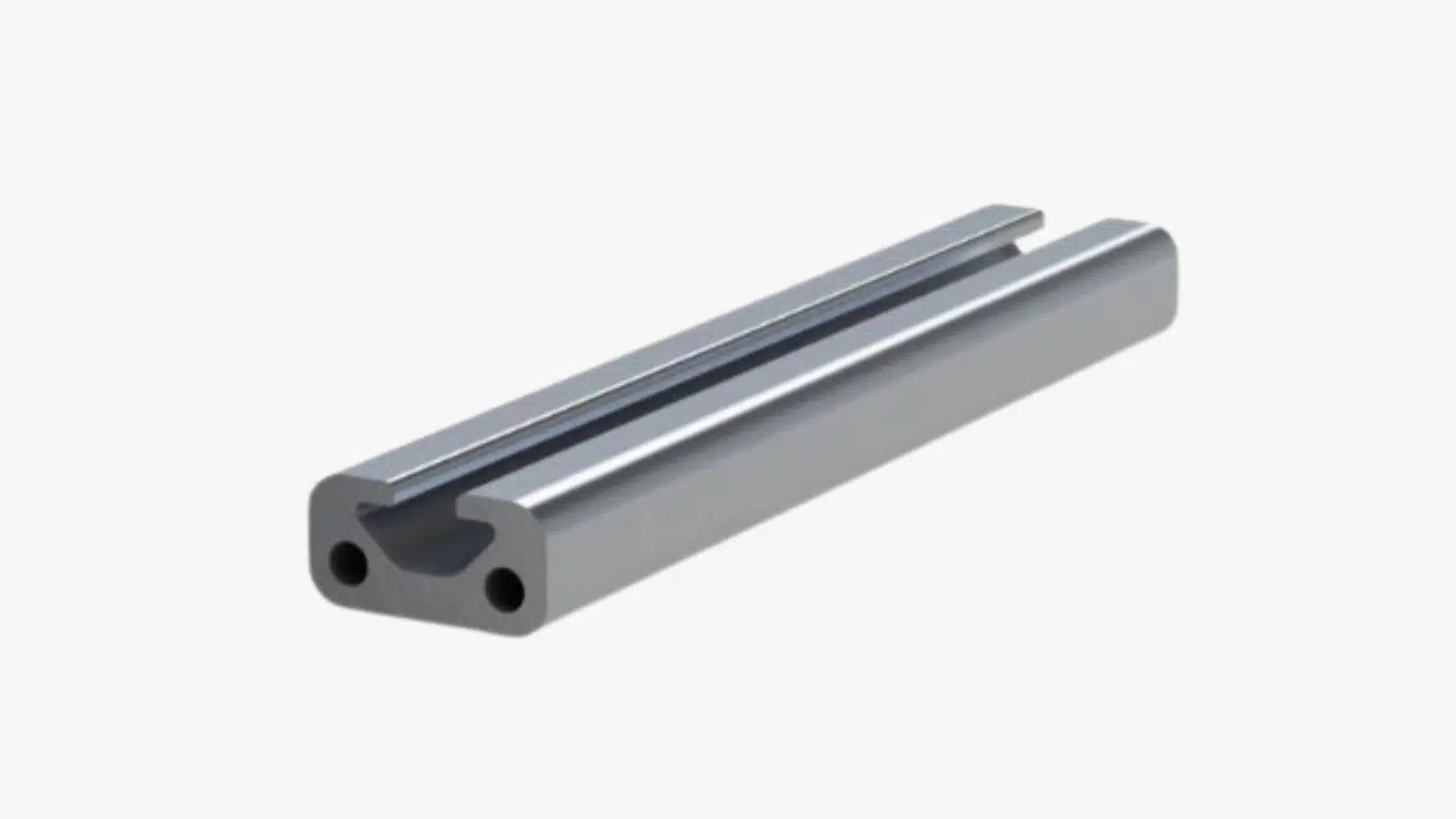Injection molding is a manufacturing process used in creating a wide range of products in a short amount of time. For an effective manufacturing process, a durable mold is crucial in injection molding as it ensures consistency in the quality of part production. However, due to mold design inconsistency can comprise the final product quality. This is where mold flow analysis comes in.
This article talks about mold flow analysis, how it works, and the benefits of including one in your injection manufacturing process. Read on!
What Is Mold Flow Analysis?
Mold flow analysis is the simulation of an injection molding cycle by using a particular plastic. It normally occurs before the injection molding process. Therefore, it makes it easy to optimize the mold design and create exceptional parts without post-production issues.
With mold flow analysis, design engineers can have a virtual preview of how the preferred material will fill the mold cavity. Consequently, they can correct irregularities before the actual production of the parts.
Online Moldflow Analysis
Injection molding should begin with an online moldflow analysis. Online moldflow analysis involves using an advanced injection molding analysis software to simulates the intended design of parts, the fill time, and the melt temperature of the molten plastic.
The predictive ability of mold flow analysis is important for reducing production costs before the actual manufacture of the tools. Therefore, by understanding moldflow analysis, design engineers can save time, resources, and production costs.
How Does Mold Flow Analysis Work?

Injection molding is far more complicated than simply designing the part and relying on a pre-manufactured mold to create products exactly as designed. Doing this can lead to some errors that will affect the quality of parts after production. However, with moldflow analysis, the is a reduction in the chance of that happening.
Mold flow analysis examines the design and creates color maps of the various properties in the actual mold flow. These properties include injection pressure, fiber orientation, air bubbles, heating, and cooling. With the color maps, designers can change the design of parts to ensure quality before the molding process begins.
You can learn more about moldflow analysis by going through the video below.
Benefits That Mold Flow Analysis Brings
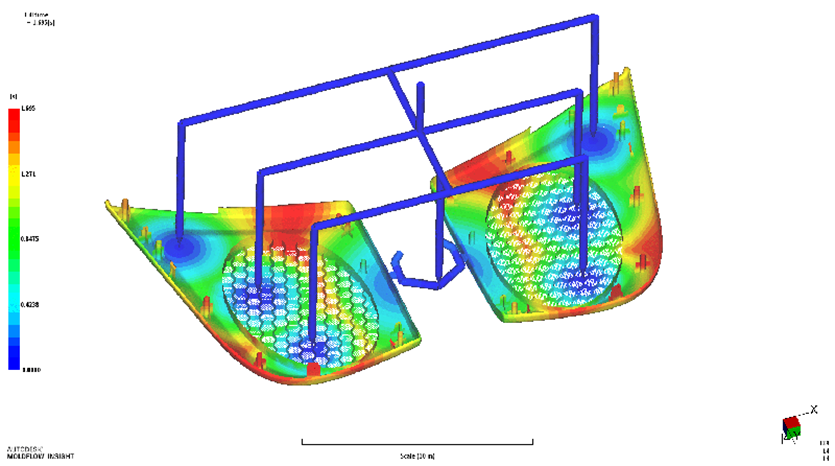
Mold flow analysis offers several benefits ranging from saving time and money and allowing engineers to sell product designs using the mold created from the online moldflow analysis. Below are other benefits of moldflow analysis:
· Optimize Gate Position
Gate positioning is an integral part of any injection molding process. Gates serve as entry points for molten plastic to the mold, where it cools and forms final products.
Improper positioning of the gates may result in incomplete filling of the molten plastic in the mold sections. A wrong gate position would lead to the formation of imperfect products due to uneven molten plastic distribution.
However, moldflow analysis ensures you can optimize gate position through plastic flow analysis. Therefore, you can determine the right position for every gate in your mold and ensure that molten plastic fills the mold evenly.
· Predict Fill patterns
In addition to identifying the correct gate position, moldflow analysis can identify and predict fill patterns. Predicting fill patterns allow design engineers to simulate the flow of molten plastic into a mold. Therefore, it allows them to see how the final product will look before being manufactured.
Using plastic flow analysis, engineers can predict fill patterns and redesign more effective molds.
· Predict Part Defects
Errors in product design can be extremely expensive to correct. If undetected, it can lead to costly product defects. Manufacturing multiple defective products will require the same parts to be reproduced again from scratch, increasing costs. With moldflow analysis, it is possible to determine where defects will occur in producing parts before they happen. Therefore, you can fix irregularities before the actual production of products.
· Enhance Product Quality
Using moldflow analysis can help engineers to improve the quality of their products. By predicting the flow of molten plastic, design engineers can adjust designs to improve production.
The injection molding process allows the manufacture of a large number of high-quality products. Therefore, by using moldflow analysis, engineers can maintain efficiency and streamline the injection molding process. Consequently, this will reduce the chances of errors and improve product quality.
· Design Adjustments
Mold flow analysis minimizes the number of errors and mistakes during the mold design process. Therefore, allowing the creation of high-quality products. Consequently, you can design a wide variety of new designs. You can also make improvements to your design with ease by finding new adjustments and solutions.
· Measure Shrinkage Rate
Injection mold companies must understand the shrinkage rate of the resins. This is because the plastic material employed undergoes temperature changes from intense heat to fast cooling. Most products shrink during the cooling stage. Therefore, moldflow cooling analysis is important to determine the shrink rate of every material.
Injection molders can estimate shrinkage rate with the help of moldflow analysis. Moldflow analysis can measure shrinkage rates for all kinds of plastics, regardless of raw material used, whether thermoplastics or thermosets. Therefore, manufacturers can employ this information to make resin-type choices concerning the raw material used and the shrink rate of their products.
· Decreased Lead Time
In injection molding, the lead time refers to the time between the injection molding process and the time the product is available for distribution. For injection molders to meet customer needs, as well as handle the high-volume market distribution of critical plastic assembly parts, a lead time of as little as possible is essential.
Lead time can be affected by several factors. The most prevalent being defects in injection molding. However, moldflow analysis can reduce lead time by the early detection of potential defects before real production starts.
Does Your Injection Molding Shop Provide Mold Flow Analysis?
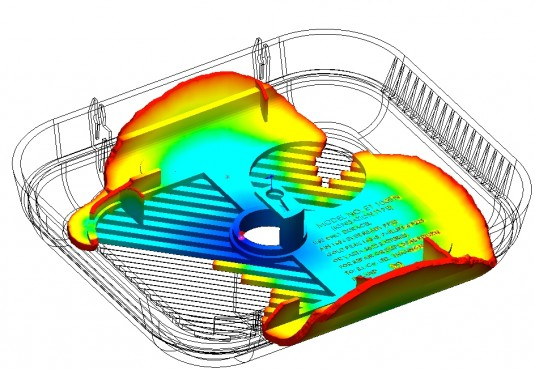
In an era when cheaper alternatives are available for product development, online moldflow analysis is an important process to keep manufacturing competitive. Furthermore, it is a sign of a commitment to quality. It also serves as an indicator of an engineering firm’s reliability and competence.
Mold flow analysis will likely increase the manufacturing cost. However, the increased quality outweighs the increase in cost. Online moldflow analysis simulations provide accurate analyses and predictions that can enhance the part’s fabrication. In addition, it enhances its composition and reduces the manufacturing time.
In conclusion, trusting an injection molding company such as Rapiddirect that understands moldflow analysis and offers online moldflow analysis is vital in creating durable products. At RapidDirect, we provide online moldflow analysis and professional suggestions to optimize the design. Consult with our support team for manufacturing advice. If you already have a CAD file, upload it now to get an instant quote for your design.
How Does Mold Flow Analysis Improve Mold Design?
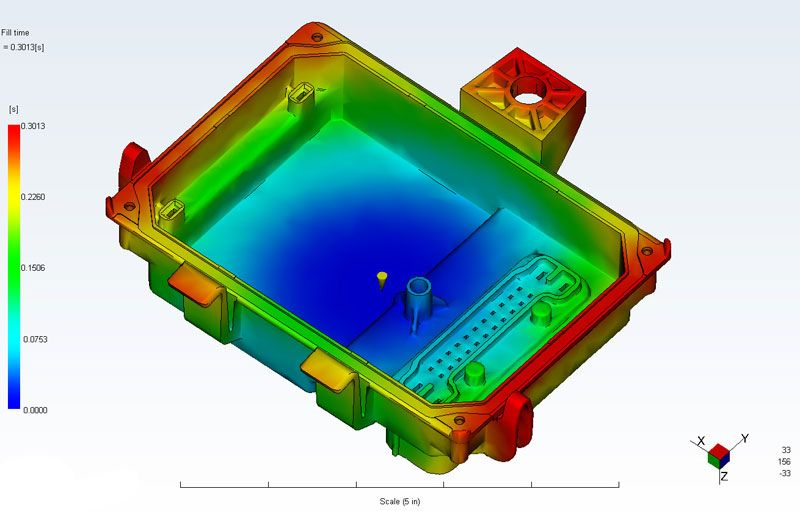
Mold flow analysis is a powerful process that allows engineers to identify specific design issues early in the process. It also allows for earlier optimization of part design and a reduced cost for retooling later in the process.
· Reduction in Part Warping
Injection molding of parts with different wall thicknesses can cause unintended warping due to pressure. These issues can be identified and solved using mold flow analysis before a mold goes into production.
· Ensures Uniform Filling of Mold Cavities
Mold flow analysis ensures a uniform filling of mold cavities. Therefore, it minimizes the possibility of air trapped between mold cavities. It also reduces surface defects such as sink marks and weld lines. Additionally, it assists engineers in determining the best location of gate placement to allow consistent and uniform distribution of resin across the mold.
· It Allows Comparing Physical and Chemical Attributes Before Production
Online mold flow analysis provides engineers with a means of comparing the physical and chemical attributes of various manufacturing materials before production. It allows engineers to choose an appropriate material to align the part’s composition with its intended purpose.
Conclusion
Mold flow analysis helps to maximize resources and create efficient products. It improves the entire injection molding process and cannot be ignored if durable products are the goal of the molding process. Therefore, this article talked about mold flow analysis in terms of how it works, it’s benefits, and how it can improve your design. From the article, it is evident that mold flow analysis is an important process in injection molding. Therefore, designers must incorporate it in their procedure to get the best result.
FAQ
No. For most projects, a mold flow analysis may be useful. However, it is especially beneficial because some complicated shapes and intricacies make flow prediction more challenging.
The best way to employ the mold flow analysis is before the tooling process. This will allow for any technical errors to be identified before materials, time, and money are wasted on the final product. Mold flow analysis assesses the outcome of different variables like temperature and pressure. Therefore, it helps to ensure the product is of the highest quality
